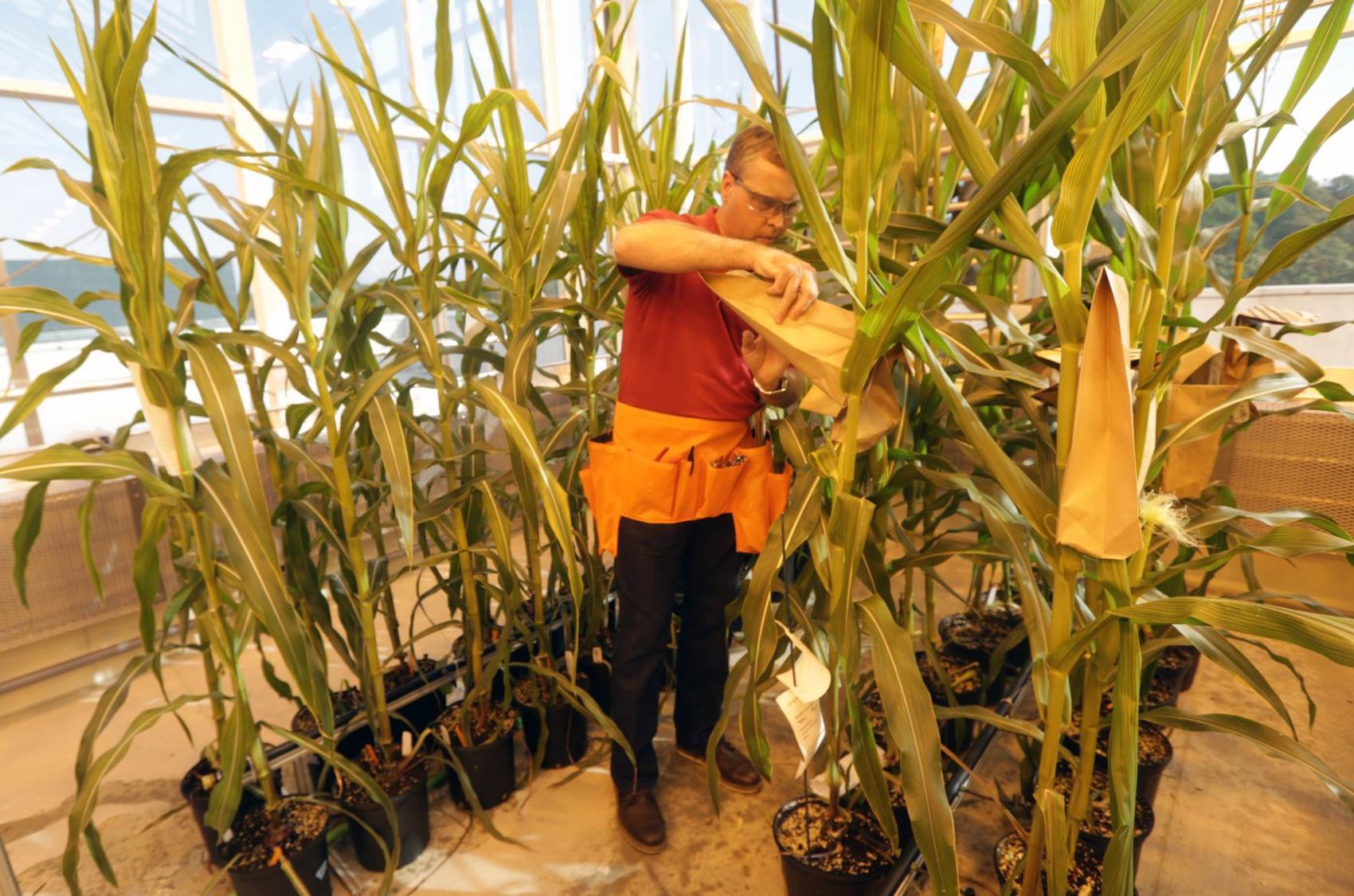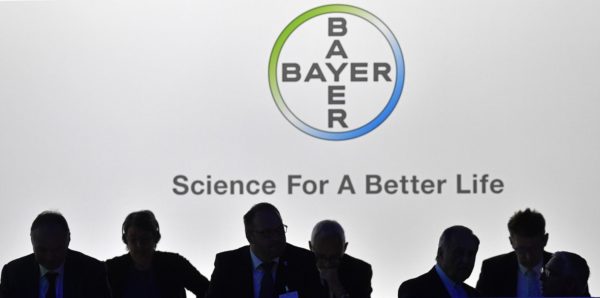The German pharmaceutical giant Bayer bought the American company Monsanto, for an estimated 63 billion US dollars (about 50 billion euros), the largest foreign acquisition ever made by a German company.
Nearly two years after Bayer’s acquisition of Monsanto was first announced, the financial part of the $63 billion merger was finally completed on June 7, 2018.
“Today’s closing represents an important milestone toward the vision of creating a leading agricultural company, supporting growers in their efforts to be more productive and sustainable for the benefit of our planet and consumers,” said Hugh Grant, outgoing chairman and CEO of Monsanto.
But amid a still-ongoing marathon to secure regulatory approval of the deal, Thursday’s closing simply marks Bayer’s purchase of the Creve Coeur-based agribusiness giant. Many details — including those about personnel changes and specific strategies of the new company — are still months away from any resolution, with other stages of the integration process yet to unfurl.
“Bayer will then become the sole shareholder of Monsanto,” said Liam Condon, head of Bayer’s crop science division, describing the close of the acquisition on a call with reporters earlier this week.
But it will still require more patience before Bayer, the German life sciences company, gets the keys to the Monsanto kingdom. Condon explained that information about the joint company’s future remained scarce because they must continue to operate independently for an approximately two-month period while Bayer sells off certain parts of its business to the chemical company BASF.
During that two-month window when the companies continue to operate as competitors, the Monsanto name — which will be dropped once the companies unite — will see its final days.
Only after that period lapses can Bayer finally peer under the hood at confidential information about Monsanto’s business operations. Condon said that access was needed before any changes could be assessed in earnest.
Even so, some comments have painted at least broad strokes of what to expect — particularly for Monsanto’s footprint in the St. Louis area. Monsanto has 5,400 full-time employees in the St. Louis area and 20,000 globally.
The St. Louis region will become Bayer’s North American headquarters and retain its presence as a leading hub of biotech research. Bayer’s crop science researchers, for instance, will join Monsanto’s research campus in Chesterfield after moving from their current home in North Carolina.
The timing of that move — and the precise scope of how many employees will come and go from St. Louis-area facilities — remains uncertain, with Condon saying that it “is going to take probably a year” to unfold.
“Some people will move immediately, some people will take longer,” Condon said. “This also depends on family situations — kids at school and whatever.”
And while it’s not yet clear what broader personnel changes might be in store, Condon did say that employment numbers would fluctuate in the short term.
“There will be some fluctuation, and there will be some changes in some jobs, but over time this is going to be an innovation engine and we’re going to have to be investing,” Condon said. “A lot of that investment is going to be in R&D in the U.S. And as the company grows, there’s also a need for supporting functions. … So over time, my assumption is that there will be more employment, as opposed to less. But, for sure, there will be some impacts that we can only detail out after this initial two-month period.”
Looking ahead to when Bayer can finally review Monsanto’s internal metrics, Condon added that he “wouldn’t expect any kind of sudden people decisions in this year.”
Bayer has already identified an estimated $1.2 billion in “synergies” that it could realize from the merger within a four-year period. Of that figure, about $200 million stems from projected sales, while roughly $1 billion is tied to overlapping “infrastructural-type costs,” according to Condon.
Condon did not talk about potential overlap in terms of personnel, but cited separate real estate and licenses for IT systems as two significant areas where the companies could save money just by teaming up.
“There’s a huge opportunity to simply bring everything into one place,” he said.
Speculation about the company’s new look also extends to philanthropic circles in the U.S., where Monsanto has long been a strong corporate presence in charitable giving. Condon, though, said that Bayer would maintain — and even expand — commitments to the American community in states like Missouri.
“We both feel highly committed to the communities in which we are based,” he said of the two companies. “That will continue, particularly now that the bigger footprint is going to be in St. Louis. Our ties in St. Louis are, if anything, going to be strengthened.”
Click here for full article on the Saint Louis Post Dispatch


